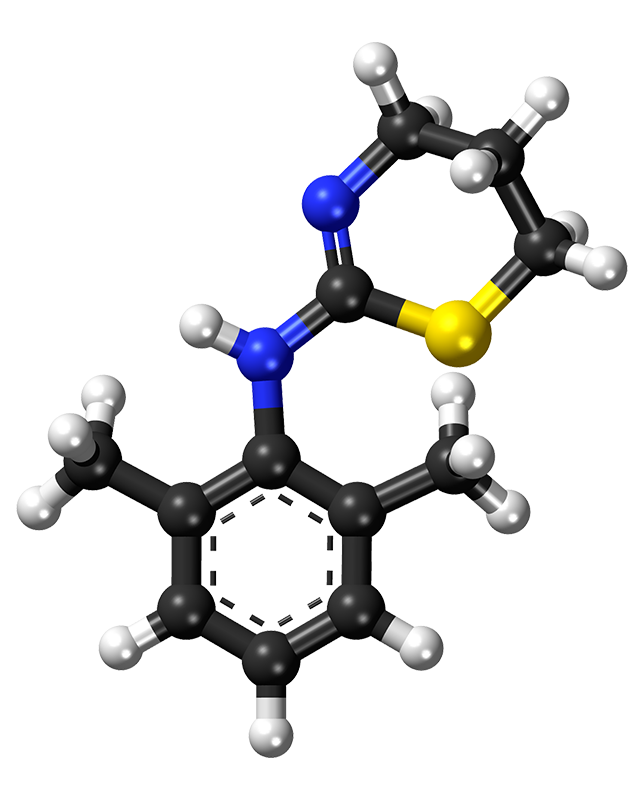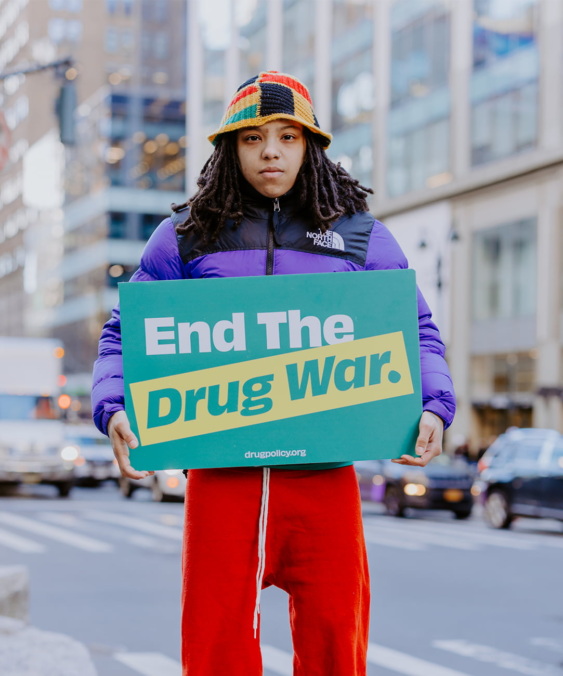
What are harm reduction strategies for people who use xylazine?
Never use alone. Use Xylazine test strips.
There are several important harm reduction strategies for people who use xylazine.
Use sterile and new equipment.
Xylazine can be swallowed, injected, smoked, or snorted. When possible, people who use xylazine should use sterile and new equipment every time. Supplies may include syringes, cookers, pipes, and straws. People should also avoid sharing equipment with others. Reusing or sharing equipment can place users at risk of skin and soft tissue infections, and spread diseases like HIV and hepatitis C. In some cases, xylazine can cause severe skin wounds. It’s important to practice good vein hygiene and seek medical care for wounds before they progress to necrosis.
Never use alone.
People should avoid using xylazine alone. Although it is not an opioid, new research shows that xylazine responds to the opioid overdose reversal medication, naloxone (insert new study citation here). Therefore, it is still important to have naloxone available and to give it to anyone who is overdosing.
Monitor breathing.
When responding to a xylazine-involved overdose, make sure the person is breathing. And place them in the recovery position so they do not hurt themselves. If the person does not take at least 10 breaths a minute, it is important to call 911 for help and to administer rescue breaths until help arrives.
Check drugs if possible.
People should use xylazine test strips or other available drug checking technologies to test their drugs for other adulterants. Xylazine test strips are sometimes available at harm reduction programs. They can tell someone if xylazine is present. But they cannot tell someone how much xylazine is present.
Go slow.
People should “go slow,” dilute their drugs, or take a little bit at a time to reduce the risk of an overdose by accidentally taking too much. It is also advised that people do not take xylazine in combination with other opioids or depressant drugs, including alcohol. This can increase the risk of an overdose.
